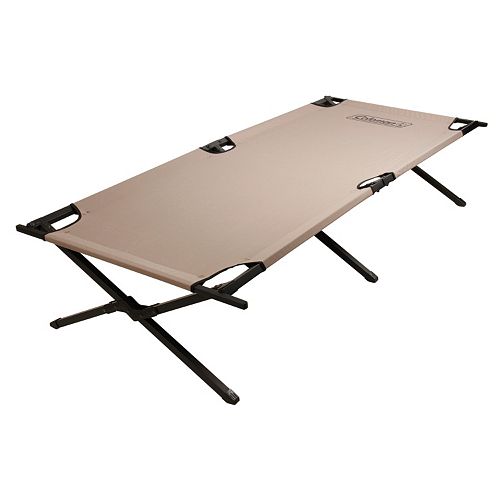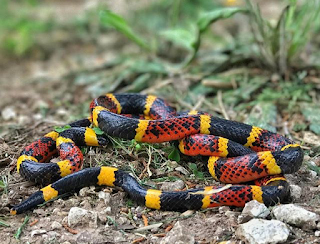You guys ready for CAMPING? Are you a little “camping-shy”? Don’t let it hold you back!! Do it for your Scout – they’ll love you for it!!
We've had a few families asking about what they need for Cub Scout camping. First things first,
all adults attending need to be Youth Protection Trained and all campers (adults/youth/siblings) need to have a completed BSA Health Form Part A and B on file with our Membership Chair, Alison Ford.
Cub Scout family camping is also referred to as "car camping." With a large enough vehicle, you're fortunate enough to be able to take just about everything AND the kitchen sink with you. But for the amount of time you'll be there, it's really not necessary. Though, a few creature comforts are definitely worth it!
So, unless you have an open-ended bank account, don't run out and buy every piece of gear you THINK you need at REI until you feel out what YOUR family requires. (If you do have an open-ended account however, I'll text you my list too.)
The best thing to do when starting to acquire gear is to start small and simple so that you can discover exactly what your family needs... and grow from there. There are plenty of seasoned camping veterans in our pack that have gear to spare so don't hesitate to put the word out if you need to borrow something.
To begin simply, you need something to sleep IN, something to sleep ON, somewhere to sit, something to wear, personal toiletries. light and water.
(Oh... and toilet paper! Don't forget the toilet paper!)
Today we're starting with something to sleep IN.
Puns make me laugh.
The first thing you need to consider is how much space you NEED. How many people, how much stuff. Are you tall? Do you need lots of leg room? All things to consider when determining size.
If you bring kids, you generally need more space so you might consider sizing up to accommodate all the stuff. If you want to sleep on cots, you need to be sure you're taking into account the space they take up literally and figuratively. If you want an air mattress inside your tent, be sure you have room for your belongings as well.
 |
| One perk of cots is that you can generally store gear underneath allowing for more space in the tent to move about. Do note, however, that if you plan to sleep on anything other than a sleeping mat, adding air between you and the ground means it can get really chilly if the temps drop. So be prepared with extra insulation between you and the cot or air mattress. |
Do consider the bigger the tent, the more size it takes up in your vehicle and the more it weighs. Large tents that need to be heavily staked down may not be as conducive to allowing the Scouts the opportunity to help with set up. We've had several families in the past who brought two SMALLER tents rather than one large one. Since Cub Scout camping is "car camping" weight really shouldn't be an issue, however.
Once you've determined size, you'll need to determine what SHAPE of tent you want. You can get dome tents or cabin tents.
Dome tents are generally lighter, easier to set up and are much more stable in high wind conditions.
Cabin tents, however, provide more vertical space (if you're tall this might be a consideration so be sure to check the peak height listed) Some even have "rooms" where you can zip off walls (to help separate siblings who won't quit poking each other not that I have any idea what that is like.)
 |
| This cabin tent even has a shaded vestibule which would be perfect for chairs. |
One of the tents I have is pictured below -- a dome tent with a covered vestibule which provides a place to store shoes and our cooler under cover but out of the tent's interior. Notice the full rain fly -- in order to have full circulation this DOES have to be FULLY staked down to ensure the rain fly doesn't just lay on the tent body. When you sleep, condensation will build up and you need to have that outer layer off the inner layer to prevent the condensation raindrops from falling on your head. I prefer the full fly for weather protection and privacy. In my experience, too, a full rainfly is desirable though when it's warmer, the airflow isn't as great - something to consider. The smaller the tent, the warmer you will be in the cooler months, however.

My suggestion is to go where you can get inside and test them out... Cabelas or Bass Pro both have tents set up in the store that you can check out. Seriously, get inside and lay down to see just how much space you actually have and then use those dimensions to help set a minimum allowance for what you want.
My only other suggestion for you to consider is to put SOME SORT of reflective SOMETHING on your guylines to prevent people from tripping over them in the dark. Accidents happen. Tent stakes through the leg are NO fun... we try to prevent the Scouts from running between tent lines but you know how well excited children listen. Reflective tape for your guylines - you want this!
This is going to be your home away from home. You want to be comfortable and to sleep as good as you can away from your Sleep Number Bed.
Another consideration is that once your Cub Scout transitions to Scouts BSA, usually the Troop will be providing the tent. If you want to come camping with the Troop, you'll want a SMALL tent since it will be just you and your gear. At that point, small is king!
Want a list? Check out the Pack camping list
HERE.
Hope these will give you something to consider when starting to build your camping gear!


































